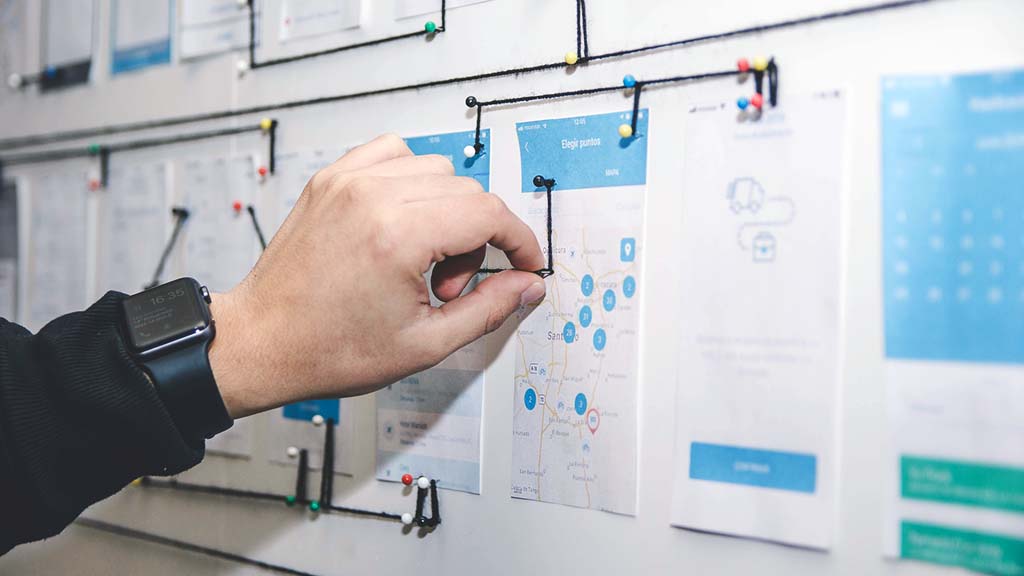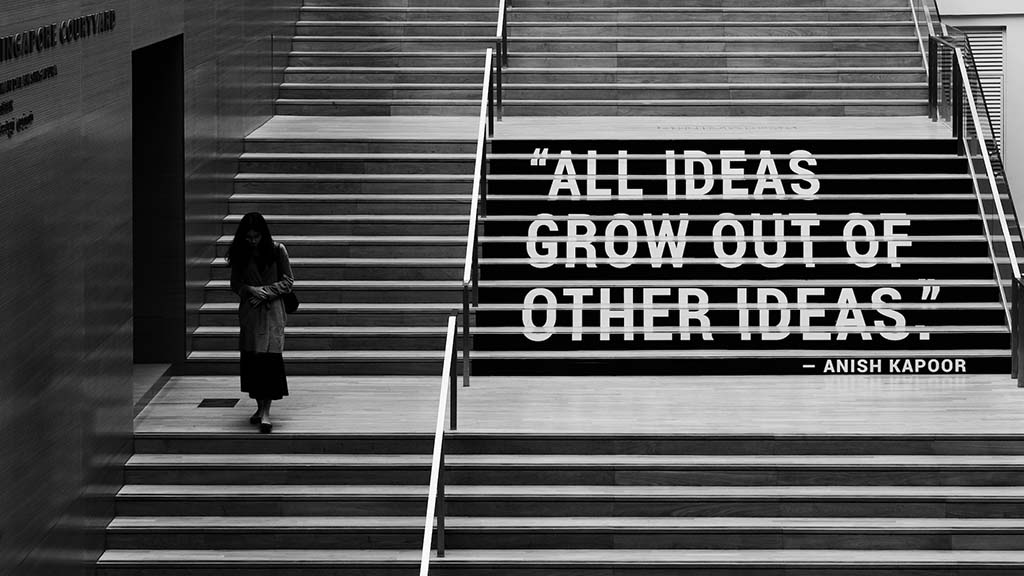You might’ve heard the term human-centered design, and without knowing, you might already be putting some of the principles into practice. But what really matters is making it a focus and consciously choosing that method. HCD puts the user at the heart of everything from innovation, development, services, and products. Solutions are developed with the human perspective in mind.

What is the difference between human design and user design?
They are used interchangeably, but there is a difference between human-centered and user-centered designs. In short, the user-centered design focuses on the user and evolves based on evaluating the user’s needs. In contrast, HCD puts a human perspective on it.
HCD leans into more social problem-solving, while UCD looks at individual users and user-friendly design. To distill it further, UCD focuses on product experiences and individuals, while HCD looks at humans on a more social level, communities, for example.
Where does human-centered design come from?
HCD stems from wicked problems that need to be solved from an empathetic and wider view. Wicked issues like global warming, social injustices, and homelessness are complex. Typically, all wicked problems, coined by Horst Rittel, will have contradictions and incomplete and changing requirements.
What that means is that, often, fixing one problem will unearth multiple other problems that need a new set of problem-solving to fix.
Human-centered design focuses on the complexity of the needs of the human and creates solutions that meet those needs.
HCD features multiple phases that often overlap – but each will need to be completed, reworked, revisited, and tested. So, what does the human-centered design process look like?
Inspiration
Coming back to empathy – the inspiration for almost anything human-centered will be observing an issue. Next comes understanding it (think research, reading, interviews, and more). During this phase, there will be a lot of data that both you, your team, and potential stakeholders will need. Even in this stage, how you use the data will matter. An early data strategy implementation from https://txidigital.com/services/analyze will make all the difference.
One, there is an understanding of the needs; clarifying your personal point of view through the data is a must. How does what you have learned translate into a service or a product?
Idea
Disruption doesn’t come from following the same path, skipping out on heavy thinking sessions, or being closed to innovation; it isn’t how you make breakthroughs. Generate multiple ideas; in some cases, the wilder, the better – what you are looking for here is a diverse pool of ideas.
You might be creative when it comes to problem-solving, but you also need people who are practical thinkers and those who naturally think up incredible ideas. A mix of thinkers, environments, and problem-solving techniques will be to your benefit.
Build it. Or build multiples. Depending on your resources, you might have room to create multiple prototypes, and once you have them, you’ll need to test them. Testing is essential because it will validate the assumptions you’ve made from the initial data.
Through multiple tests, you will eventually have something that can move forward into the next phase. Streamlining processes here is a good idea: 7 Tech Tools To Streamline Your Business Operations In 2023
Implement
The idea to implementation phase can take some time because this is a human-centered approach; it has to be something that makes the right impact. Once the product or service has been tested, it is time to implement it. Launching it, storytelling, social media, marketing, and looking for people who want to make a difference are all part of this phase.
What are the principles of human-centered design?
You might have a good idea of what the principles of good HCD are because we are looking at a group of people and real-world problems. The principles are at the heart of everything you do because, without them, you are not truly using HCD.
Is it what you think it is? It can be tough to admit that the problem you thought you would fix isn’t the problem that people have. You might get close, but without talking to the people directly, you aren’t going to know. Always ask yourself – is this the right problem? Observe, interact, understand.
Being truly people-centered means thinking about humans as a whole. Account for accessibility, education, religion, culture, history, and community – unless you live it, you can’t know it. And more than that – consider how much technology you need. Technology can be fantastic, but it can also build a barrier.
Inclusivity should be a given, but you will make sure that what you are creating meets true inclusivity. Inclusisvey has principles, too: all people feel valued, all people feel welcome, everyone IS included, and everyone is respected and represented. Keep in mind that when you think in more inclusive terms, you change how you do things. Every design choice has the ability to alienate and exclude people.
Equity in the design means that you understand the systematic inequalities that may impact the humans you are designing for. Your role is to acknowledge those inequalities and inequity and use that knowledge in your build. Almost all wicked problems will have oppression, injustice, and a power gap. During the problem-solving and idea portion, this will need to come up.
Community makes human-centered design so powerful because the voices and experiences of the many drive it.
Summary
- Human-Centered Design (HCD) places the user at the core of innovation, development, services, and product creation, emphasizing solutions developed with a human perspective.
- HCD and User-Centered Design (UCD) are often used interchangeably, but HCD focuses on social problem-solving at a broader level. At the same time, UCD concentrates on individual user experiences and user-friendliness.
- HCD originates from addressing complex “wicked problems” like global warming and social injustices, which involve contradictory and evolving requirements, requiring a deep understanding of human needs.
- The HCD process comprises several overlapping phases: Inspiration (observation and understanding of the issue), Idea generation (diverse ideation), Building and testing prototypes, and Implementation (launching and marketing the product or service).
- The principles of HCD revolve around solving real-world problems for diverse communities. Key principles include identifying the right problem, considering all aspects of human diversity, promoting inclusivity, addressing systemic inequalities, and valuing community voices. HCD aims to make a significant positive impact on people’s lives.








